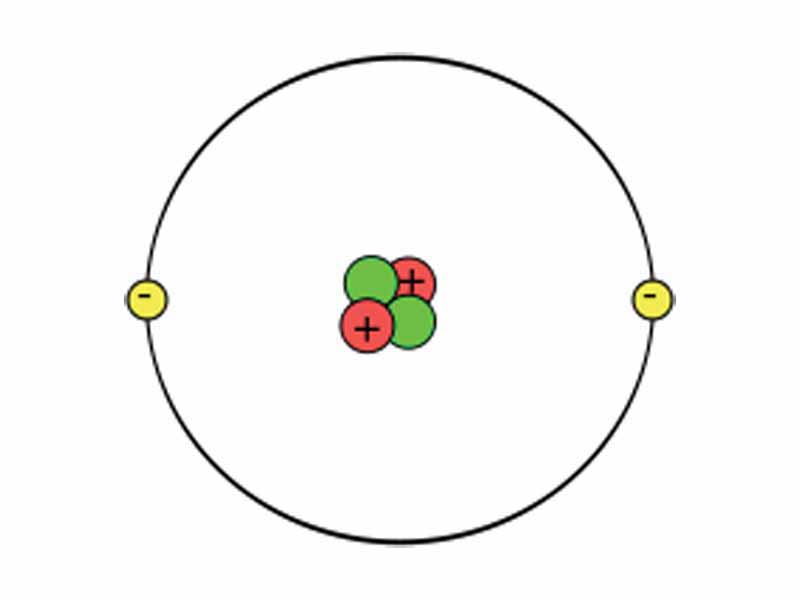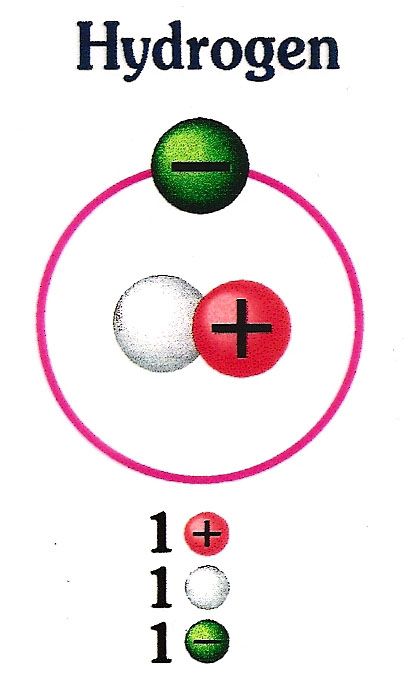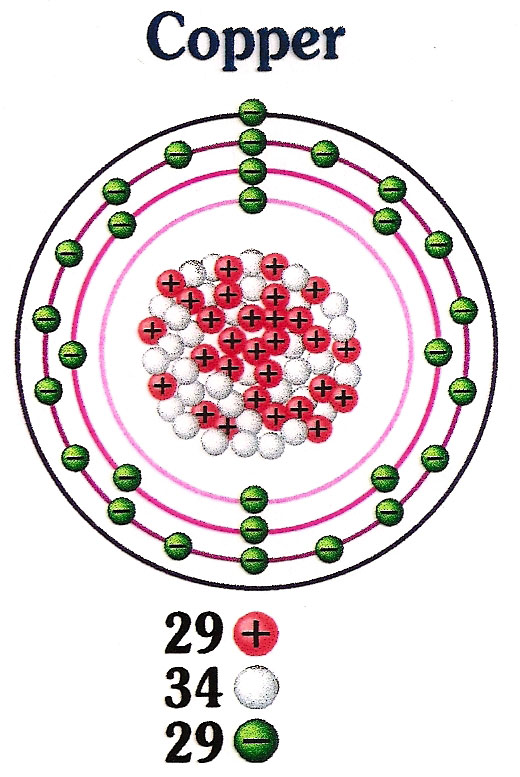 |
Theory |  |
Exercises |  |
 |
Lection 0: Electric Charge
Exercises
|
Now as an exercise imagine a Helium atom. A neutral Helium atom has two neutrons, two protons and two electrons. See the picture on the left for the example of a Helium atom. As it is neutral, its charge is zero. Now imagine if this Helium atom looses all of its electrons. What would the charge of this new Helium atom be? Think about the solution and hover the mouse pointer over the picture to see the solution to see if you were correct. |
||
|
As a second exercise imagin the Hydrogen atom. See how many neutrons, protons and electrons the neutral Hydrogen has.
If now two free electrons came along and would attache themselfes to this Hydrogen atom, what would the charge of this new Hydrogen atom be? Think about the solution and hover the mouse pointer over the picture to see the solution and check if you were correct. |
||
|
As a last exercise, search the copper atom on the periodic table. See the number next to the name, this is the periodic number. What could this number mean? Compare the periodoc numbers of the other atoms depicted here, to verify your thoughts. Think about the solution and hover the mouse pointer over the picture to see the solution and check if you were correct. |



